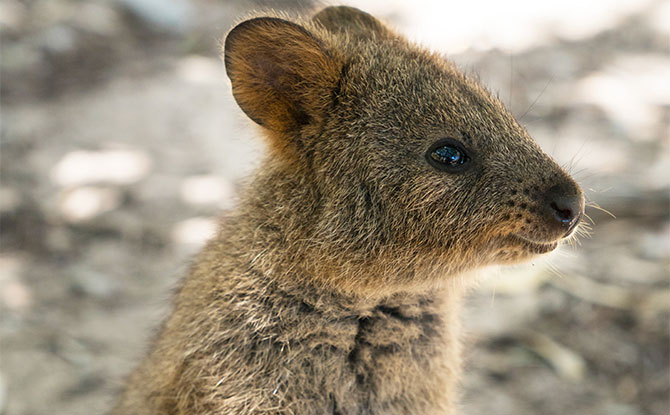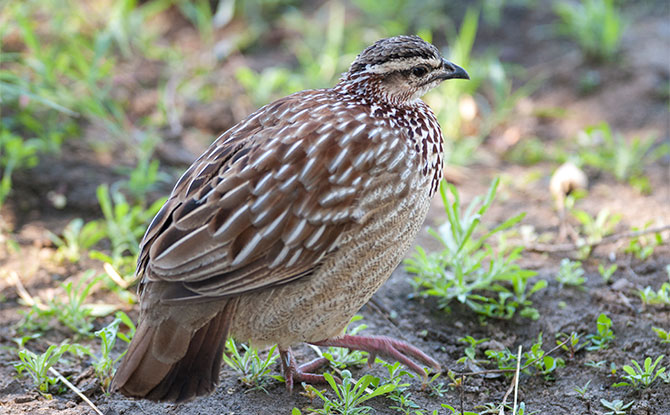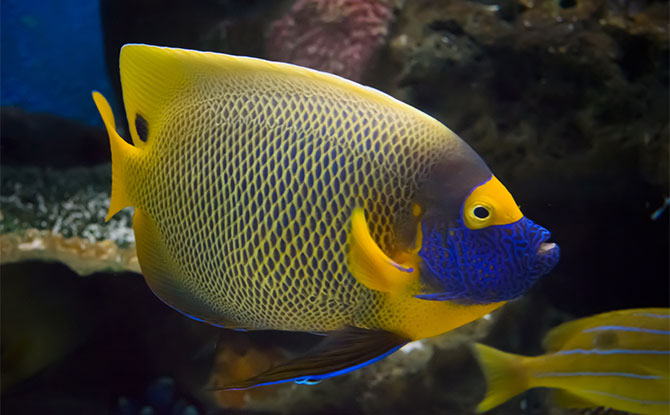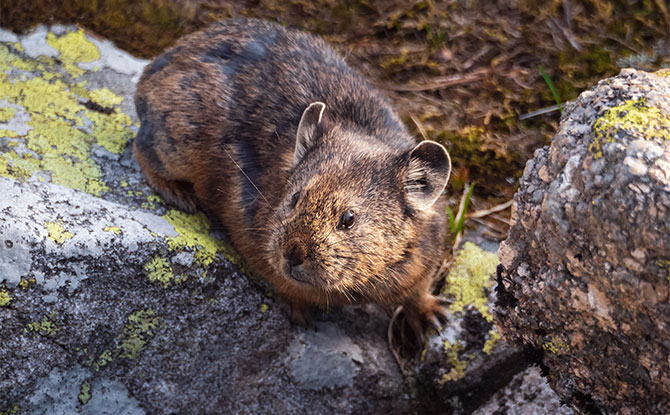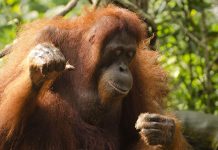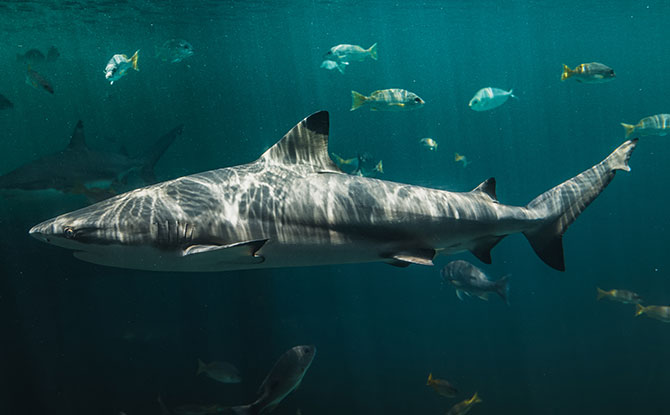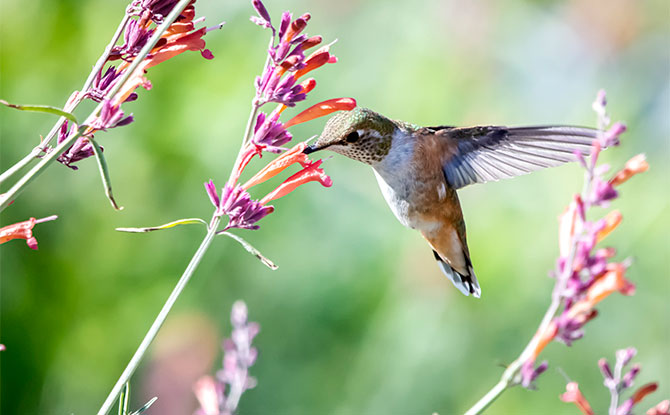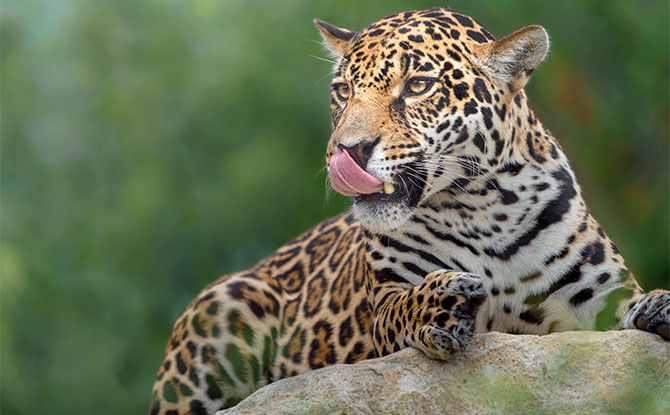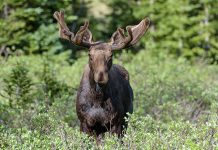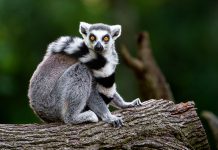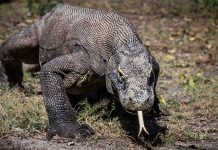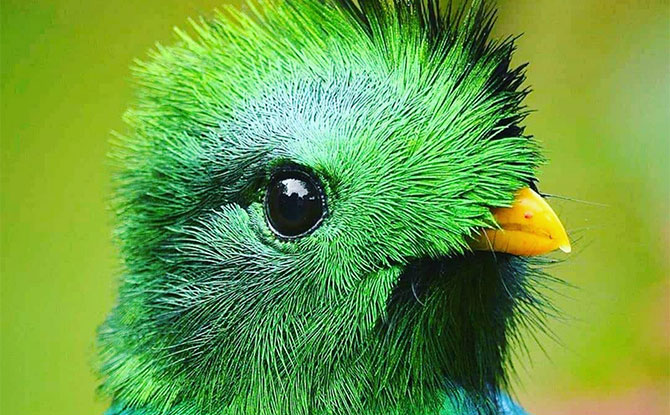
If you’re curious about animals starting with Q, you’re in the right place! We will be exploring a fascinating collection of creatures from various categories with one thing in common – they are all animals that start with the letter Q.
From mammals to birds, fish to invertebrates, we’ll uncover the unique traits and intriguing facts about animals starting with Q.
Animals Starting With Q
Quokka
The Quokka is a small marsupial native to Australia. Known for its adorable appearance and friendly demeanor, it has become a popular tourist attraction on Rottnest Island.
The Quokka’s habitat consists of dense vegetation, including forests and shrublands. They primarily feed on grasses, leaves, and bark, making them herbivorous marsupials.
These cute animals are known for their curious and sociable nature. They are often seen approaching humans, which has earned them the title of “the world’s happiest animal.”
Despite their friendly reputation, Quokkas are still wild animals and should not be approached or fed by tourists. It’s essential to respect their natural behavior and habitat.
Quokkas are marsupials, which means females have a pouch in which they carry their young, called joeys. The joeys develop in the pouch and emerge after several months.
Interesting fact: Quokkas are capable of surviving without drinking water for long periods, obtaining most of their hydration from the moisture in the plants they consume.
Quail
Quail are game birds. These birds are small to mid-sized birds found across the globe, excluding Antarctica. They belong to the family Phasianidae, which includes other popular game birds such as pheasants and partridges. Quails are known for their diverse species and unique characteristics.
There are numerous species of quail, each with its distinctive habitat preferences. They can be found in a variety of environments, including forests, grasslands, and agricultural areas. Some species, such as the California Quail, are native to specific regions. Quails are adaptable birds and can thrive in a range of climates.
The culinary significance of quails extends beyond their status as game birds. Quail eggs are highly sought after for their delicate flavor and nutritional value. They are considered a delicacy in many cuisines worldwide. Chefs and food enthusiasts appreciate the smaller size and ornate appearance of quail eggs, making them an appealing ingredient for both savory and dessert dishes.
Quails also possess interesting traits and behaviors in the wild. They are typically ground-dwelling birds, spending much of their time foraging for seeds, insects, and other small prey. Quails are skilled runners and have the ability to take flight when necessary, although they prefer to escape predators by running or seeking cover in dense vegetation.
With their unique charm and culinary appeal, quails have captivated the interest of nature enthusiasts and food lovers alike. Their various species, diverse habitats, and fascinating behaviors make them a fascinating subject of study and admiration.
Quelea
Quelea is a genus of small passerine birds primarily found in Africa. These bird species have earned a notorious reputation as agricultural pests due to their enormous flocks that can cause significant damage to crops.
The quelea birds are known for their synchronized movements, creating mesmerizing visual displays in the sky. They often form massive swarms that can consist of millions of individuals, making them a formidable force in the agricultural landscape.
This section will provide an overview of the different species of quelea and delve into their impact on agriculture. Readers will learn about their feeding habits and the specific crops they target, highlighting the significant economic losses that can occur as a result of their presence.
The breeding behavior of quelea birds will also be explored. These birds are highly prolific breeders and can rapidly increase their population numbers, exacerbating the agricultural pest problem.
Efforts to manage quelea populations will be discussed, including methods such as habitat modification, population control, and the use of deterrents. These measures aim to mitigate the damage caused by quelea birds and protect the livelihoods of farmers.
Quelea birds represent a unique challenge in the agricultural landscape of Africa. Their impact on crops and the subsequent efforts to manage their populations demonstrate the complex relationship between wildlife conservation and agricultural practices.
Quetzal
The Quetzal is a captivating and vibrant bird species that inhabits the cloud forests of Central America. Its stunning beauty and cultural significance make it a true icon of the region.
In Mayan and Aztec culture, the Quetzal holds great spiritual and symbolic value. It is often associated with gods and considered a sacred bird. The resplendent plumage of the Quetzal, with its striking colors and iridescence, is thought to represent the celestial realm.
One of the most distinguishing features of the Quetzal is its long, flowing tail feathers, which can reach up to three feet in length. These magnificent plumage adornments are highly coveted and have been used in the creation of ceremonial headdresses by indigenous peoples.
In addition to their aesthetic beauty, Quetzals play a vital role in their ecosystem as seed dispersers. They consume fruits and berries, often swallowing them whole, and then disperse the seeds through their droppings. This process promotes the growth and regeneration of forest plants, contributing to the overall health of the Central American cloud forests.
Encountering a Quetzal in its natural habitat is a remarkable experience, and birdwatchers from around the world flock to Central America to catch a glimpse of this colorful bird. Its vivid greens, brilliant red breast, and shimmering feathers make the Quetzal a true spectacle of nature.
Queen Angelfish
The Queen Angelfish is a mesmerizing species found in the vibrant coral reefs of the Americas. With its radiant colors and graceful movements, it is truly a sight to behold. Sporting shades of blue, yellow, and orange, the Queen Angelfish stands out among its marine counterparts, making it a favorite among snorkelers and divers.
This beautiful fish species plays a crucial role in the marine ecosystem. It feeds on a variety of small organisms such as sponges, algae, and small invertebrates, helping to maintain the delicate balance of the reef’s food chain. As a result, the Queen Angelfish contributes to the overall health and biodiversity of the coral reefs it calls home.
However, the Queen Angelfish and its habitat face numerous threats. Climate change, pollution, and overfishing pose significant risks to the health of coral reefs. Efforts are underway to protect these fragile ecosystems and conserve the Queen Angelfish population. Conservation organizations work tirelessly to raise awareness, implement sustainable fishing practices, and establish marine protected areas to safeguard these magnificent creatures and their habitats.
By appreciating the beauty of the Queen Angelfish and understanding its importance in the marine life and coral reefs, we can inspire others to join the preservation efforts. Together, we can ensure the survival of this iconic species and the stunning ecosystems it depends on.
Quahog
The Quahog, also known as the hard clam, is a species of bivalve mollusk found in North and Central America. These shellfish are highly valued for both their culinary uses and their ecological role as filter feeders.
The Quahog has a thick, elongated shell that can reach up to five inches in length. Its hard outer shell provides protection against predators and the harsh environment. The interior of the shell is characterized by a smooth, shiny surface, allowing the Quahog to filter water efficiently.
As filter feeders, Quahogs play a crucial role in maintaining water quality. They draw water into their shells and filter out microscopic organisms, algae, and other organic matter. This process helps to clarify the water and improve overall ecosystem health.
In addition to their ecological significance, Quahogs are also commercially valuable. They are harvested for their meat, which is prized for its flavor and versatility. Quahogs are commonly used in various dishes, including clam chowder, linguini with clam sauce, and stuffed clams.
Quillback
The Quillback is a fascinating fish species that can be found in freshwater habitats. One of its most distinctive features is its quill-like dorsal fins, which set it apart from other fish species. Native to North America, the Quillback has adapted to various freshwater environments, including rivers, lakes, and streams.
When it comes to feeding habits, the Quillback primarily preys on insects, crustaceans, and small fish. Its strong jaws and sharp teeth enable it to capture and consume its prey with ease. This species plays an important role in the food web of freshwater habitats, as a predator keeping populations in balance.
During the breeding season, Quillbacks migrate to shallow areas with rocky substrates. The female Quillback lays eggs on the underside of rocks, providing protection and stability for the developing embryos. This behavior ensures the survival of the species and contributes to the overall diversity of fish populations in freshwater habitats.
In addition to its ecological significance, the Quillback also holds value for recreational fishing. Anglers appreciate the challenge of catching this elusive and impressive fish. Its powerful fight and acrobatic jumps make for an exciting fishing experience.
The Quillback’s unique appearance and ecological importance make it a remarkable fish species within the freshwater habitats it inhabits. Its quill-like dorsal fins, feeding habits, and reproductive behavior contribute to the overall biodiversity and balance of these ecosystems. Whether you’re an angler or simply fascinated by fish species, the Quillback is undoubtedly a captivating addition to the rich tapestry of freshwater habitats.
Quoll
The Quoll is a fascinating group of carnivorous marsupials that are native to Australia. They are known for their unique physical characteristics and important role in Australian ecosystems. Let’s delve into the world of quolls and explore their captivating features.
There are several species of quolls, each with its own distinctive characteristics. The Eastern Quoll, Western Quoll, and Tiger Quoll are among the most well-known. These charming marsupials have a pointed snout, sharp claws, and a long tail, making them excellent hunters.
Quolls play a crucial role in Australian wildlife. As predators, they help regulate the population of small mammals, insects, and reptiles, ensuring a healthy balance in their respective habitats. However, due to habitat loss and introduced predators, quolls are facing significant conservation challenges.
We hope that you have enjoyed learning all about these animals that start with Q. These are fascinating creatures that inhabit the Earth. Even though animals starting with Q may be rare, they are still extremely important to the eco-system that they live in.
If you have enjoyed this list of amazing animals that start with Q, we think you will definitely reading this list of animals that start with P too!


